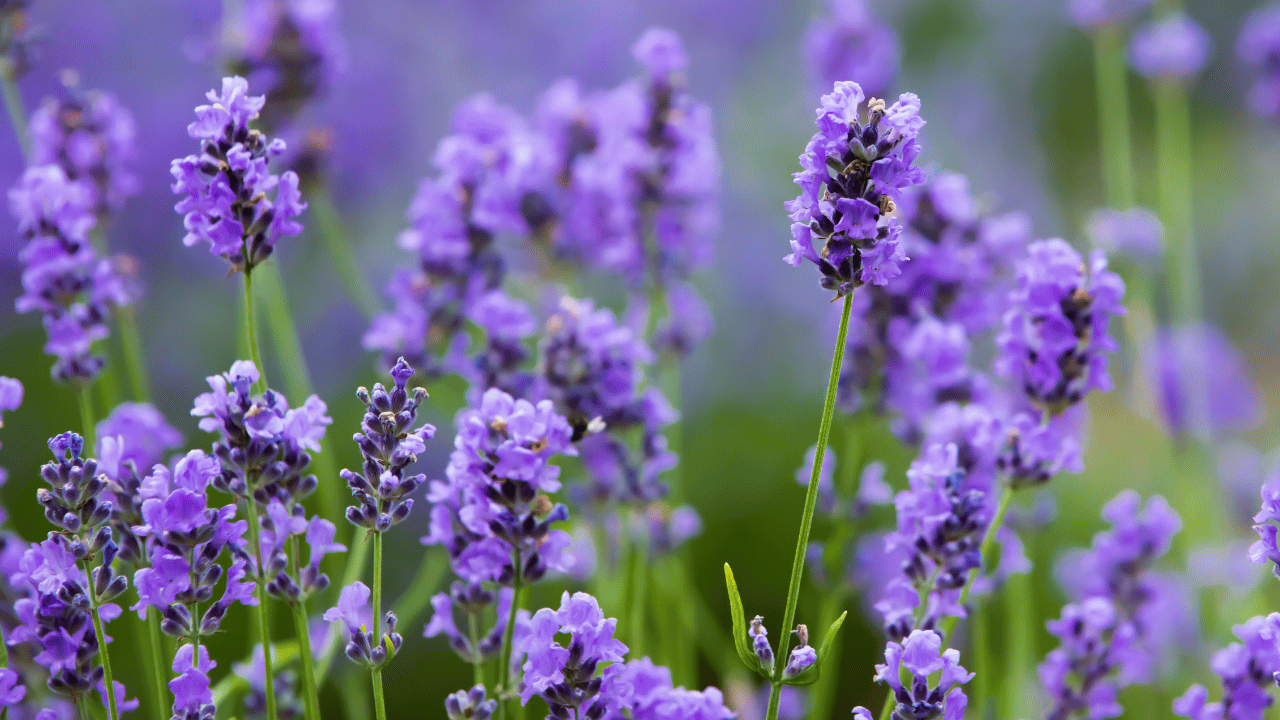Lavender is a beloved plant known for its fragrant aroma, vibrant purple flowers, and calming properties. As a gardener, you know the importance of providing proper care to keep this stunning plant thriving. With the right techniques, you can ensure your lavender grows healthy and abundant. Here are ten essential care tips to help you maintain robust, aromatic lavender in your garden.
1. Choose the Right Variety
Selecting the correct lavender variety is crucial for success. Some varieties, like English lavender, thrive in cooler climates, while others, such as Spanish lavender, prefer warmer conditions. Make sure to research which type suits your local environment, as this will impact how well it grows.
When you plant the appropriate variety for your climate, it will flourish with less maintenance. If you’re unsure, consult a local nursery or gardening expert for recommendations based on your region’s climate and soil type.
2. Provide Well-Drained Soil
Lavender despises soggy roots, so it’s essential to plant it in well-draining soil. Sandy or gritty soils are perfect for this drought-tolerant plant, as they prevent water from accumulating around the roots. Avoid heavy clay soils unless you amend them with sand or gravel to improve drainage.
You can also plant lavender in raised beds or containers to ensure proper water flow. The key is keeping the roots dry, especially during the colder months when the plant becomes more susceptible to root rot.
3. Give It Full Sun
Lavender loves sunlight and requires at least six hours of direct sun daily to produce its best blooms. The more sunlight your lavender receives, the more aromatic and abundant the flowers will be. Be sure to plant it in an area where it gets maximum exposure.
In shaded spots, lavender can become leggy and weak, reducing its flower production. If you notice your lavender struggling, consider relocating it to a sunnier spot in your garden.
4. Space the Plants Properly
Lavender plants need plenty of airflow to prevent fungal diseases, especially in humid climates. Space each plant 12 to 18 inches apart, depending on the variety, to allow for proper circulation and growth. Crowded lavender plants are more prone to disease and pest problems.
Adequate spacing also encourages each plant to develop a full, rounded shape. When placed too closely together, lavender tends to grow spindly and unattractive, which reduces its visual appeal in the garden.
5. Water Sparingly
Lavender is drought-tolerant, so it doesn’t need much water once established. Overwatering is one of the most common mistakes gardeners make. Water deeply but infrequently, allowing the soil to dry out between waterings. In humid climates, watering should be even less frequent.
Too much water can lead to root rot and weak growth. It’s better to underwater than overwater lavender. Pay close attention to the moisture level in the soil, particularly during rainy seasons.
6. Prune Regularly
Pruning lavender is essential to keep it looking neat and promote new growth. After the first bloom in spring or early summer, trim back about one-third of the plant to encourage a second round of flowering. This also prevents the plant from becoming woody.
In the fall, give your lavender a light trim to prepare it for winter, but avoid cutting into the woody stems, as this can harm the plant. Regular pruning will keep your lavender healthy and productive for years.
7. Mulch with Caution
While mulching helps retain moisture and suppress weeds, lavender benefits from a light hand with mulch. Use a thin layer of gravel or sand around the base of the plant, which helps improve drainage and reflects heat back to the plant, mimicking its natural Mediterranean habitat.
Avoid organic mulches like wood chips, as they hold moisture and can lead to fungal problems. Mulching with the right materials creates an environment where lavender can thrive with minimal intervention.
8. Fertilize Sparingly
Lavender is a low-maintenance plant that doesn’t require heavy fertilization. In fact, too much fertilizer can lead to excessive leaf growth and reduced flowers. A light feeding with a balanced, slow-release fertilizer in the spring is all that’s needed to support its growth.
Over-fertilization can also weaken the plant and make it more susceptible to disease. Keep it simple and avoid using rich, nutrient-heavy fertilizers that encourage lush but fragile growth.
9. Protect from Harsh Winters
In colder climates, lavender needs protection from frost and snow. If you live in an area with harsh winters, consider growing lavender in containers that can be moved indoors. Alternatively, you can cover plants with frost cloth or a breathable garden blanket.
Mulching with straw around the base of the plant also helps insulate the roots. With some winter protection, your lavender will return stronger and healthier when spring arrives.
10. Harvest at the Right Time
To get the most from your lavender, harvest the flowers when the buds are just beginning to open. This is when the essential oils are at their peak, giving you the most fragrant blooms for drying or use in crafts. Use sharp scissors or pruners to snip stems and avoid damaging the plant.
Regular harvesting also encourages more flower production. By removing the older blooms, you’ll keep your lavender looking fresh and promote continuous flowering throughout the season.

